Transfer Learning in Machine Learning:
Transfer Learning is a machine learning technique that allows a model trained on one task to be reused or adapted for another related task. This approach is particularly useful when there is limited labeled data available for the new task, as it leverages the knowledge gained from a large dataset.
What is Transfer Learning?
Traditional machine learning models are trained from scratch, requiring extensive data and computational resources. Transfer Learning, on the other hand, applies the learned features of a pre-trained model to a new but related problem, significantly improving efficiency and accuracy.
How Transfer Learning Works
1. Pretraining on a Large Dataset
- The process begins with training a model on a large dataset, often containing millions of labeled examples. This dataset provides a broad and diverse set of examples that help the model learn general patterns.
- Example: ImageNet, which consists of over 14 million labeled images, is commonly used for training deep learning models in computer vision tasks.
- During pretraining, the model learns low-level features like edges, corners, textures, and basic shapes, which are useful across multiple tasks.
2. Feature Extraction
- The pretrained model's initial layers serve as a feature extractor. These layers are responsible for identifying universal patterns and structures that are transferable to new tasks.
- The deeper layers of the model capture more complex and task-specific details, such as object structures, contours, or domain-specific knowledge.
- Example: In image classification, lower layers detect fundamental features like edges, while higher layers recognize object parts (e.g., eyes, noses, wheels).
3. Fine-Tuning for a New Task
- Once the pretrained model has extracted useful features, fine-tuning is performed by retraining or adjusting the final layers to adapt to the new task.
- Depending on the similarity between the original and target tasks, different strategies can be used:
- Freezing lower layers and training only the upper layers: If the new task is closely related to the original dataset, keeping the lower layers fixed ensures general patterns remain unchanged.
- Unfreezing some lower layers: If the new dataset differs slightly, some deeper layers can be retrained while keeping early layers fixed.
- Retraining the entire model: If the new dataset is significantly different, the whole model may be fine-tuned on the new data.
- Example: A model trained on ImageNet for object classification can be fine-tuned to recognize medical images by adjusting the final layers with a dataset specific to medical diagnosis.
Benefits of Transfer Learning
- Reduces Training Time: Requires less data and computational power compared to training from scratch.
- Improves Performance: Achieves higher accuracy, especially when labeled data is limited.
- Efficient Resource Utilization: Makes use of well-trained models, eliminating redundant training efforts.
- Prevents Overfitting: The general features learned from the source task help avoid overfitting in the target task.
Types of Transfer Learning
Transfer learning is a powerful technique in deep learning where a model trained on one task is adapted for another. Let's explore the three main types of transfer learning with real-world examples.
1. Feature Extraction
Concept:
- The pretrained model acts as a fixed feature extractor—its learned representations remain unchanged.
- The lower layers capture fundamental patterns like edges, textures, and basic shapes, which are useful across multiple tasks.
- A new classifier is added on top of the extracted features and trained on the new dataset.
Example:
Image Classification with ResNet:
- Suppose we have a pretrained ResNet-50 model trained on ImageNet (a large dataset with millions of images).
- We want to classify medical X-rays into "Normal" or "Pneumonia."
- Instead of training a model from scratch, we use ResNet’s convolutional layers to extract features from X-rays.
- A new fully connected classifier is added on top and trained on the new medical dataset.
- Since the lower layers already capture useful visual features, this approach works well, especially when the new dataset is small.
2. Fine-Tuning
Concept:
- Unlike feature extraction, some layers of the pretrained model are unfrozen and retrained with new data.
- This allows the model to adapt to the new task while retaining useful knowledge from the original training.
- More layers are fine-tuned when the new dataset is similar to the original dataset.
Example:
Fine-Tuning BERT for Sentiment Analysis:
- BERT (Bidirectional Encoder Representations from Transformers) is a powerful language model pretrained on general text data.
- If we want to classify movie reviews as "Positive" or "Negative," we can fine-tune the top layers of BERT on a dataset like IMDB movie reviews.
- BERT’s lower layers (which capture basic word and sentence structure) remain mostly unchanged.
- The higher layers adjust to capture sentiment-related nuances from movie reviews, improving accuracy.
3. Domain Adaptation
Concept:
- Used when the source and target datasets have different distributions (e.g., different styles, languages, or sensor types).
- The goal is to align the feature distribution between domains so the model performs well on both.
- Techniques include adversarial training, domain-specific transformations, and feature alignment.
Example:
Adapting Speech Recognition Models Across Languages:
- Suppose we have an Automatic Speech Recognition (ASR) model trained on English audio but need it for Spanish.
- A direct transfer might not work well due to differences in phonetics and pronunciation.
- Using domain adaptation techniques, the model learns language-specific patterns while still leveraging its pretrained knowledge from English.
- Adversarial training can be used to align feature representations so that speech from different languages is mapped to a common space.
Popular Pretrained Models
Pretrained models serve as a foundation for transfer learning, helping to achieve high performance with limited data. Below are some of the most widely used pretrained models in Computer Vision, Natural Language Processing (NLP), and Speech Recognition, along with their definitions and applications.
1. For Computer Vision
VGG16 & VGG19
Definition:
- VGG (Visual Geometry Group) models are deep convolutional neural networks (CNNs) known for their simple architecture with small 3×3 filters stacked in multiple layers.
- VGG16 has 16 layers, while VGG19 has 19 layers.
Why It’s Used:
- Pretrained on ImageNet, making them excellent feature extractors for various vision tasks.
- Good at object classification and detection due to deep but structured architecture.
- Often used in medical imaging, facial recognition, and object classification.
ResNet (Residual Networks)
Definition:
- Introduces skip connections (residual connections) that help in training very deep networks by solving the vanishing gradient problem.
- Comes in versions like ResNet-18, ResNet-34, ResNet-50, ResNet-101, and ResNet-152 (the number denotes layers).
Why It’s Used:
- Used in image classification, object detection, and segmentation.
- ResNet’s ability to train deep networks makes it superior for complex visual tasks like medical imaging and self-driving cars.
Inception (GoogLeNet)
Definition:
- Uses an Inception module, which applies multiple convolutional filters of different sizes in parallel to extract features at different scales.
- Popular versions: Inception-v1 (GoogLeNet), Inception-v2, Inception-v3, Inception-v4, and Inception-ResNet.
Why It’s Used:
- Efficient in capturing features at different scales, making it highly effective for image recognition.
- Used in Google’s image search, medical diagnostics, and satellite image analysis.
EfficientNet
Definition:
- A family of CNN models designed to balance accuracy and efficiency using neural architecture search.
- Uses compound scaling, meaning width, depth, and resolution are scaled together rather than independently.
Why It’s Used:
- Provides state-of-the-art performance with fewer parameters and lower computational cost.
- Used in edge devices, real-time applications, and AI-powered cameras.
2. For Natural Language Processing (NLP)
BERT (Bidirectional Encoder Representations from Transformers)
Definition:
- A transformer-based model that processes text bidirectionally, meaning it understands both previous and next words in a sentence.
- Pretrained on large text corpora and fine-tuned for specific NLP tasks.
Why It’s Used:
- Powers Google Search for understanding queries.
- Used in question answering (like chatbots), sentiment analysis, and text summarization.
GPT (Generative Pre-trained Transformer)
Definition:
- A large-scale transformer model designed for text generation using autoregressive learning (predicts the next word based on previous ones).
- Latest versions include GPT-3 and GPT-4, which generate highly human-like text.
Why It’s Used:
- Used in chatbots, content creation, and AI-driven assistants (like ChatGPT, Jasper AI, and Codex for programming).
- Excellent for creative writing, translation, and conversational AI.
RoBERTa (Robustly Optimized BERT Approach)
Definition:
- An improved version of BERT that removes the Next Sentence Prediction (NSP) objective and is trained on more data for a longer period.
Why It’s Used:
- Used in document classification, sentiment analysis, and automated legal or financial text processing.
- More efficient than BERT in understanding long texts.
XLNet
Definition:
- A hybrid model that combines BERT’s bidirectional learning with autoregressive modeling, making it better at handling long sequences.
Why It’s Used:
- Outperforms BERT in text generation and reading comprehension tasks.
- Used in question answering and document summarization.
3. For Speech Recognition
Wav2Vec
Definition:
- A self-supervised learning model designed for speech recognition, capable of learning representations from raw audio without transcripts.
Why It’s Used:
- Enables low-resource languages to develop speech recognition systems without large labeled datasets.
- Used in voice assistants (Siri, Google Assistant), transcription services, and language translation.
DeepSpeech
Definition:
- An open-source speech-to-text model developed by Mozilla, based on recurrent neural networks (RNNs).
Why It’s Used:
- Lightweight and optimized for real-time speech recognition.
- Used in voice-controlled applications, assistive technologies, and AI-powered dictation tools.
Applications of Transfer Learning
1. Medical Image Diagnosis
- Helps in detecting diseases like cancer by using models trained on general medical images.
- Pretrained deep learning models can analyze X-rays, MRIs, and CT scans to assist doctors in diagnosis.
2. Autonomous Vehicles
- Self-driving cars use Transfer Learning to recognize objects from pre-trained vision models.
- These models help in detecting pedestrians, traffic signs, and other vehicles to enhance road safety.
3. Chatbots and Virtual Assistants
- Pretrained NLP models improve chatbot responses and speech recognition.
- Voice assistants like Siri, Alexa, and Google Assistant use Transfer Learning to understand diverse accents and languages.
4. Fraud Detection
- Financial institutions use Transfer Learning models to detect anomalies in transactions.
- Pretrained models help identify fraudulent activities by learning from previous fraud patterns.
5. Agriculture and Crop Monitoring
- Satellite imagery combined with Transfer Learning can detect plant diseases and predict yields.
- AI models trained on general environmental conditions can be fine-tuned for specific regional analysis.
6. Industrial Quality Control
- Transfer Learning is used in manufacturing industries to detect defects in products.
- Pretrained computer vision models can inspect items on assembly lines to ensure quality standards.
7. Sentiment Analysis
- Companies use pretrained NLP models to analyze customer reviews and feedback.
- Transfer Learning helps in determining customer sentiments from text data in various domains.
8. Education and E-Learning
- AI models trained on large educational datasets can assist in personalized learning.
- Transfer Learning enables automated grading, content recommendations, and plagiarism detection.
Implementing Transfer Learning in Python
Example Using TensorFlow/Keras
import tensorflow as tf
from tensorflow.keras.applications import VGG16
from tensorflow.keras.models import Model
from tensorflow.keras.layers import Dense, Flatten
# Load Pretrained Model
base_model = VGG16(weights='imagenet', include_top=False, input_shape=(224, 224, 3))
base_model.trainable = False # Freeze base layers
# Add Custom Layers
x = Flatten()(base_model.output)
x = Dense(128, activation='relu')(x)
x = Dense(10, activation='softmax')(x)
# Create Model
model = Model(inputs=base_model.input, outputs=x)
# Compile Model
model.compile(optimizer='adam', loss='categorical_crossentropy', metrics=['accuracy'])
Challenges in Transfer Learning
- Negative Transfer: If the source and target tasks are too different, Transfer Learning may degrade performance.
- Fine-Tuning Complexity: Selecting which layers to freeze or retrain requires domain expertise.
- Computational Cost: While Transfer Learning reduces training time, some architectures still demand powerful GPUs.
Key Takeaways: Transfer Learning in Machine Learning
- Definition: Transfer Learning allows a model trained on one task to be adapted for a related task, reducing training time and improving accuracy.
- How It Works:
- Pretraining: A model is trained on a large dataset to learn general features.
- Feature Extraction: Lower layers capture universal patterns, while new layers are added for the specific task.
- Fine-Tuning: Some layers are retrained to adapt the model to the new dataset.
- Types of Transfer Learning:
- Feature Extraction: Uses a pretrained model’s lower layers as fixed feature extractors.
- Fine-Tuning: Some layers are retrained for better adaptation.
- Domain Adaptation: Adjusts models when source and target datasets have different distributions.
- Popular Pretrained Models:
- Computer Vision: VGG, ResNet, Inception, EfficientNet.
- NLP: BERT, GPT, RoBERTa, XLNet.
- Speech Recognition: Wav2Vec, DeepSpeech.
- Benefits:
- Reduces training time and computational costs.
- Improves accuracy, especially with limited data.
- Prevents overfitting by leveraging generalizable features.
- Applications:
- Medical Diagnosis: Detecting diseases via medical imaging.
- Autonomous Vehicles: Recognizing objects for self-driving cars.
- Chatbots & Virtual Assistants: Enhancing NLP models for better conversations.
- Fraud Detection: Identifying anomalies in financial transactions.
- Agriculture: Analyzing satellite imagery for crop monitoring.
.png)
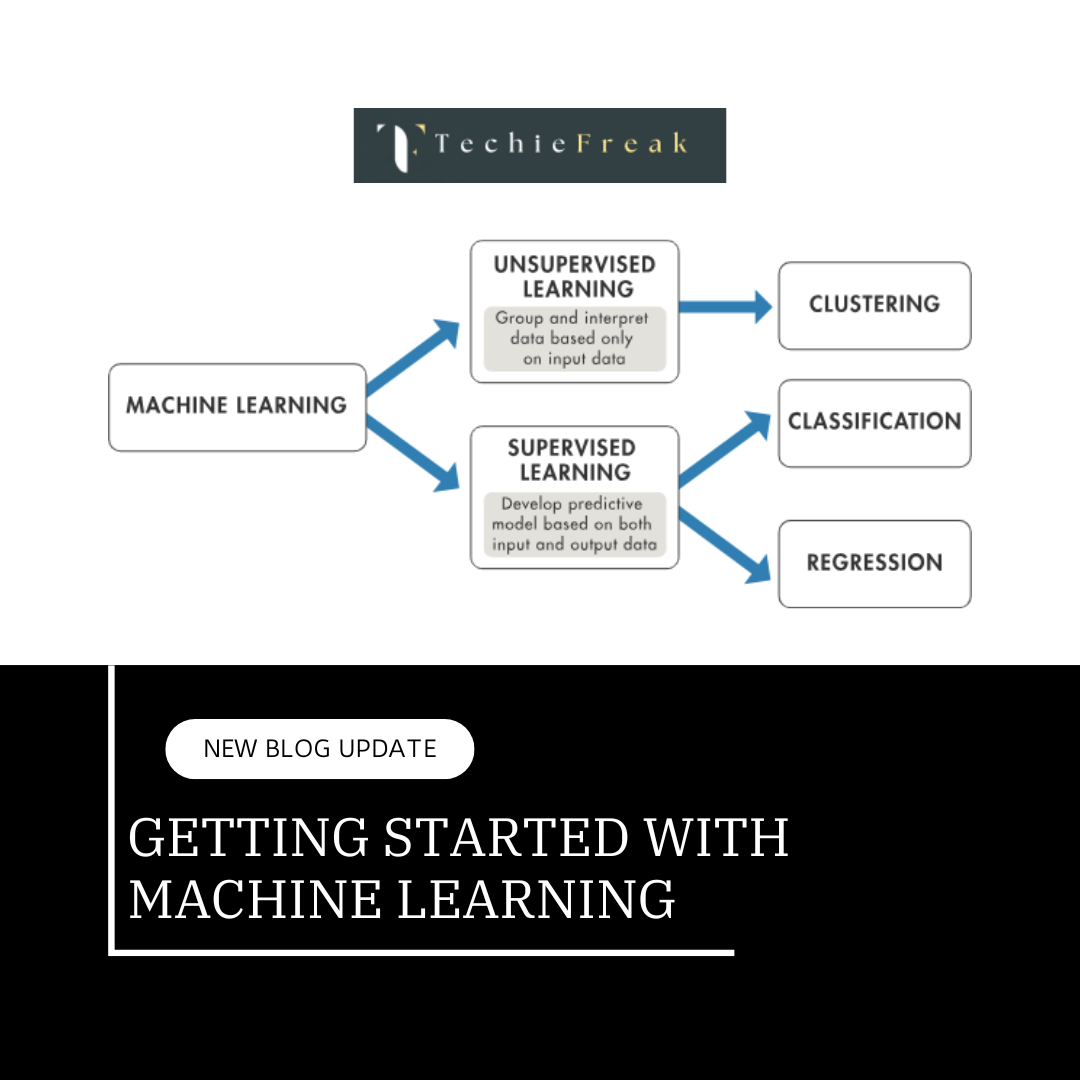
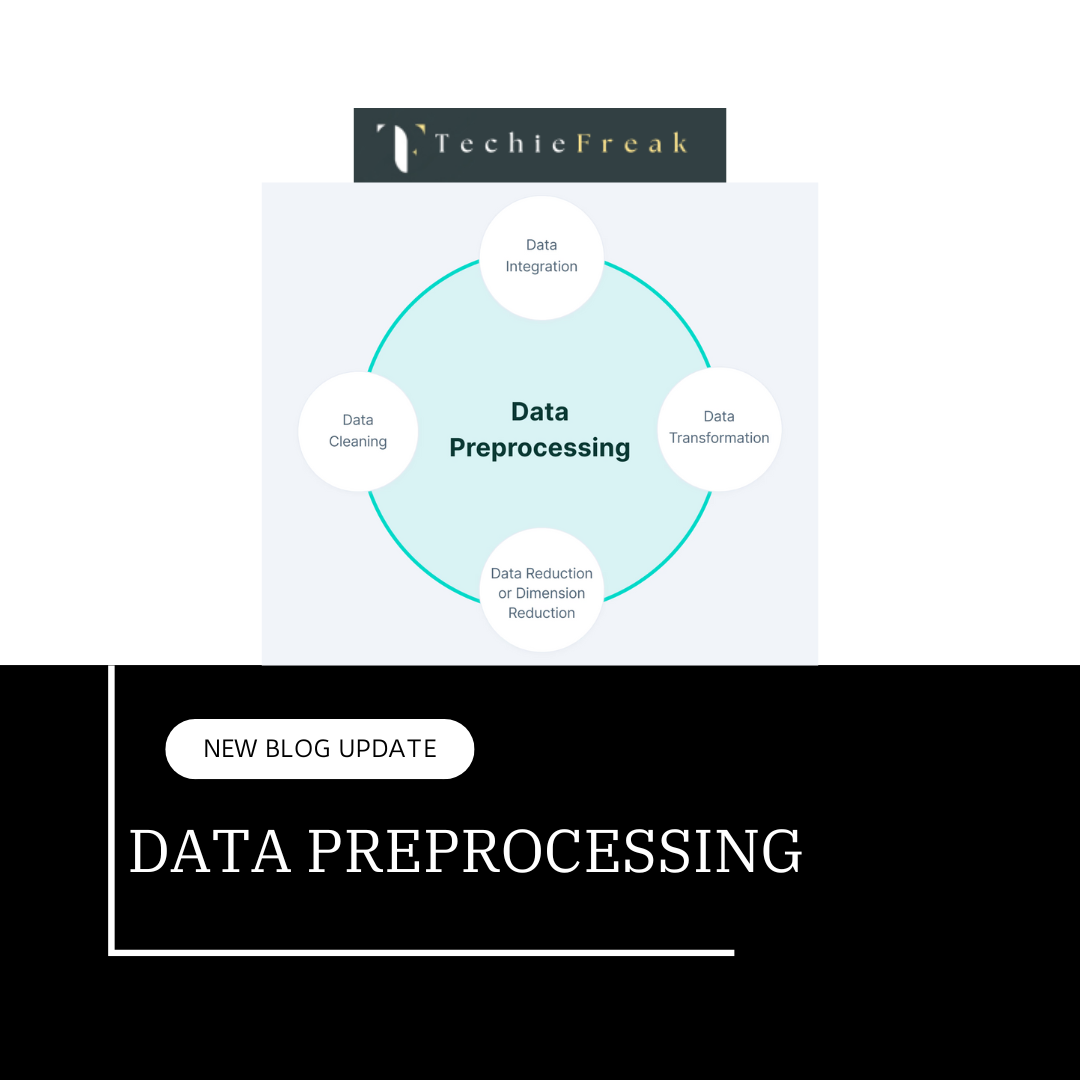
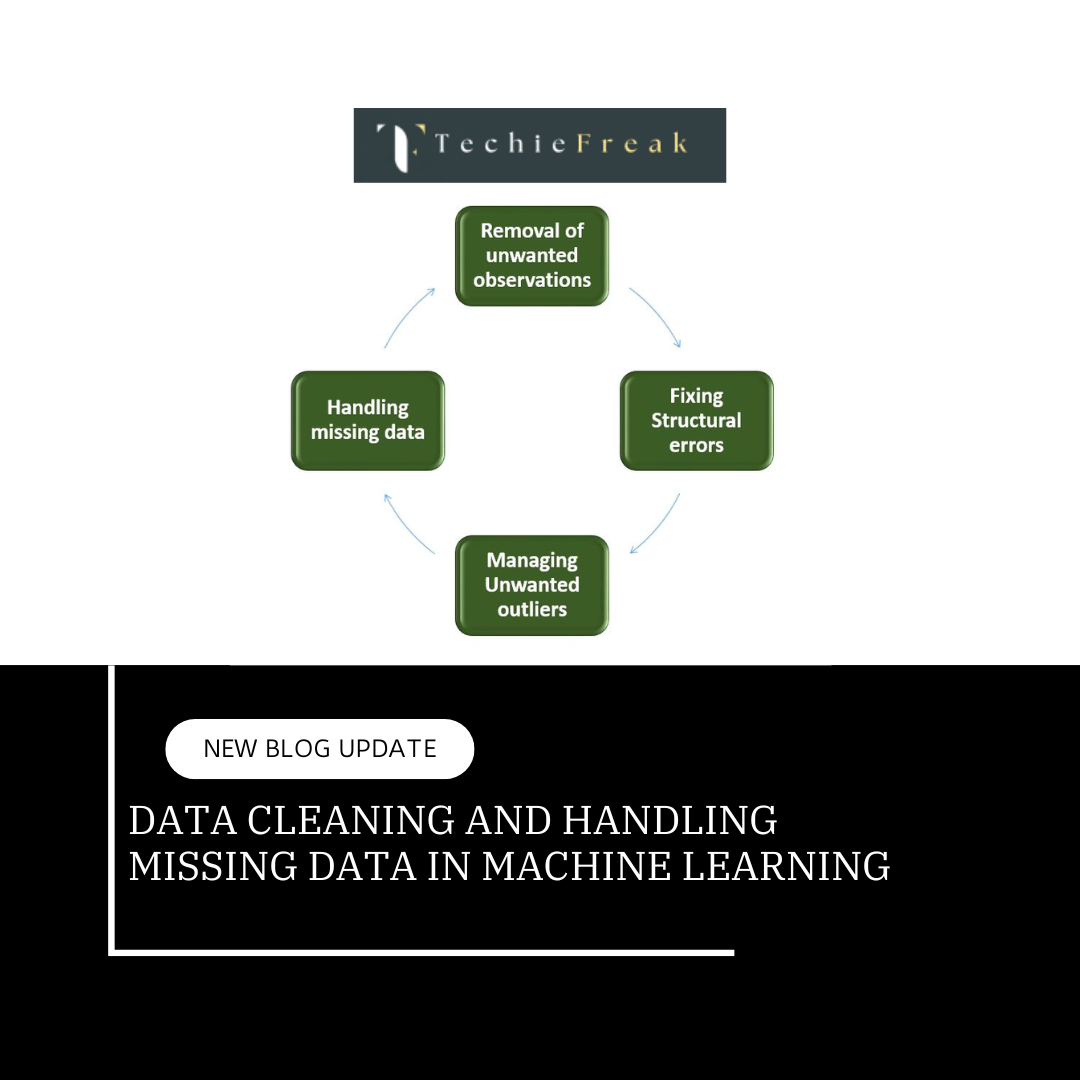
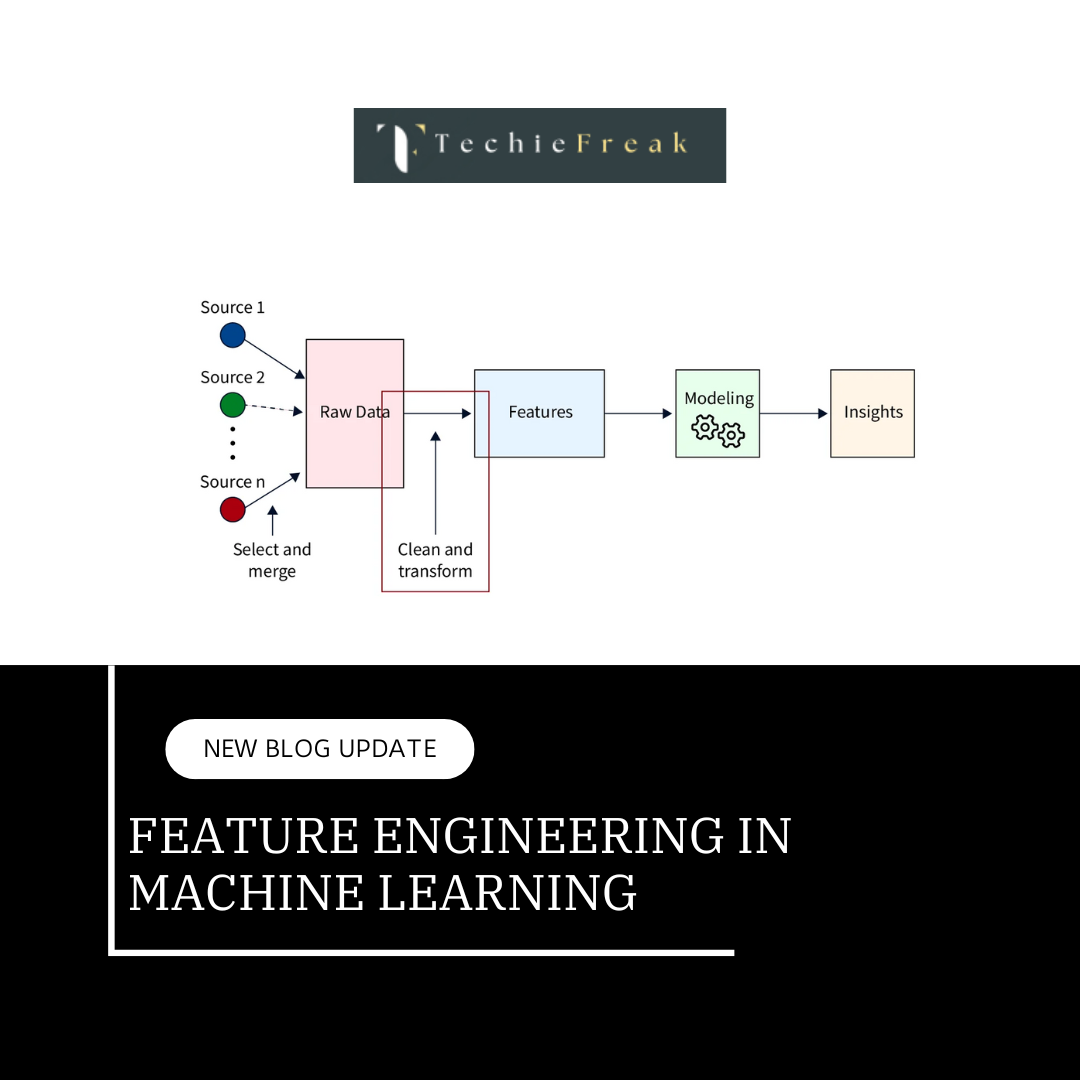
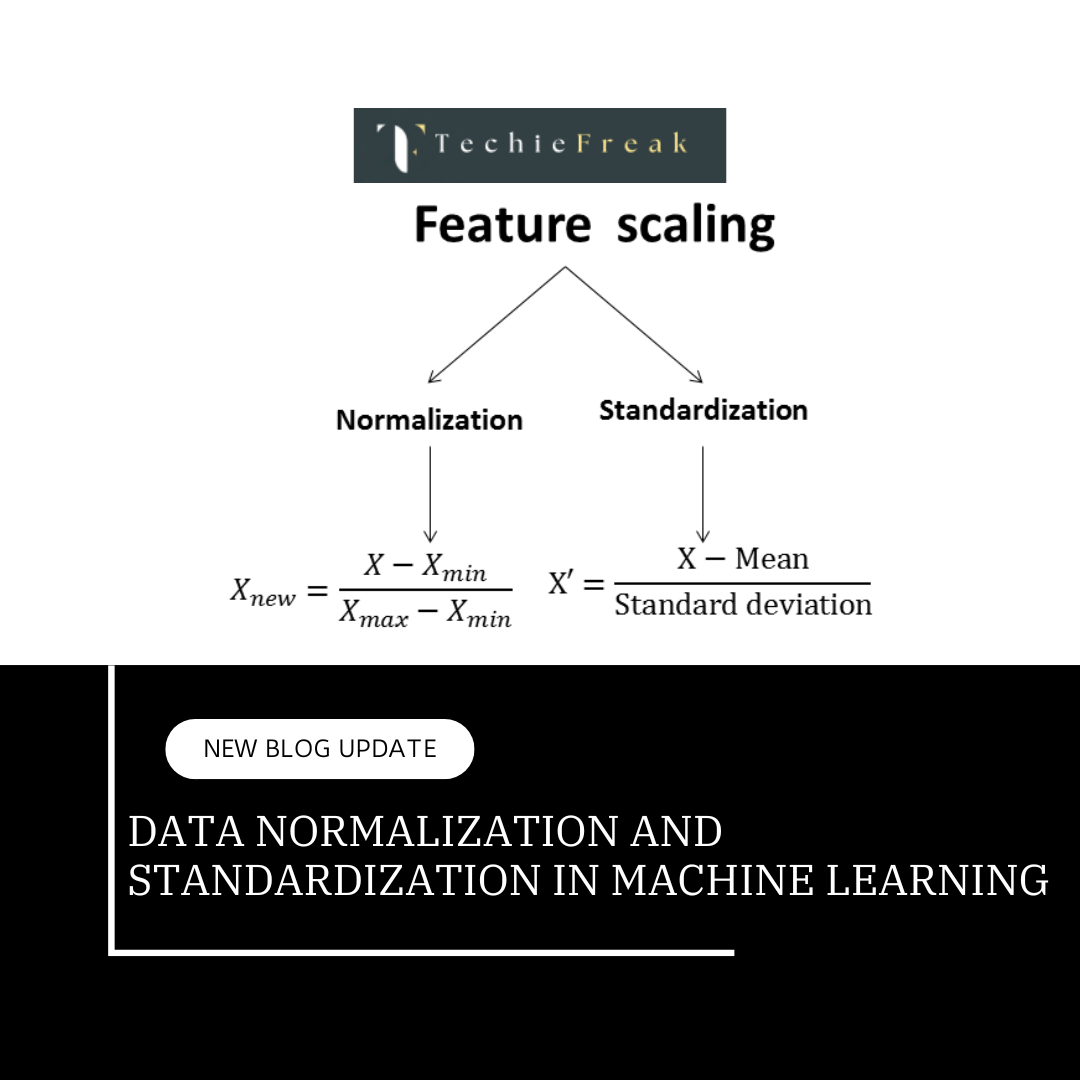
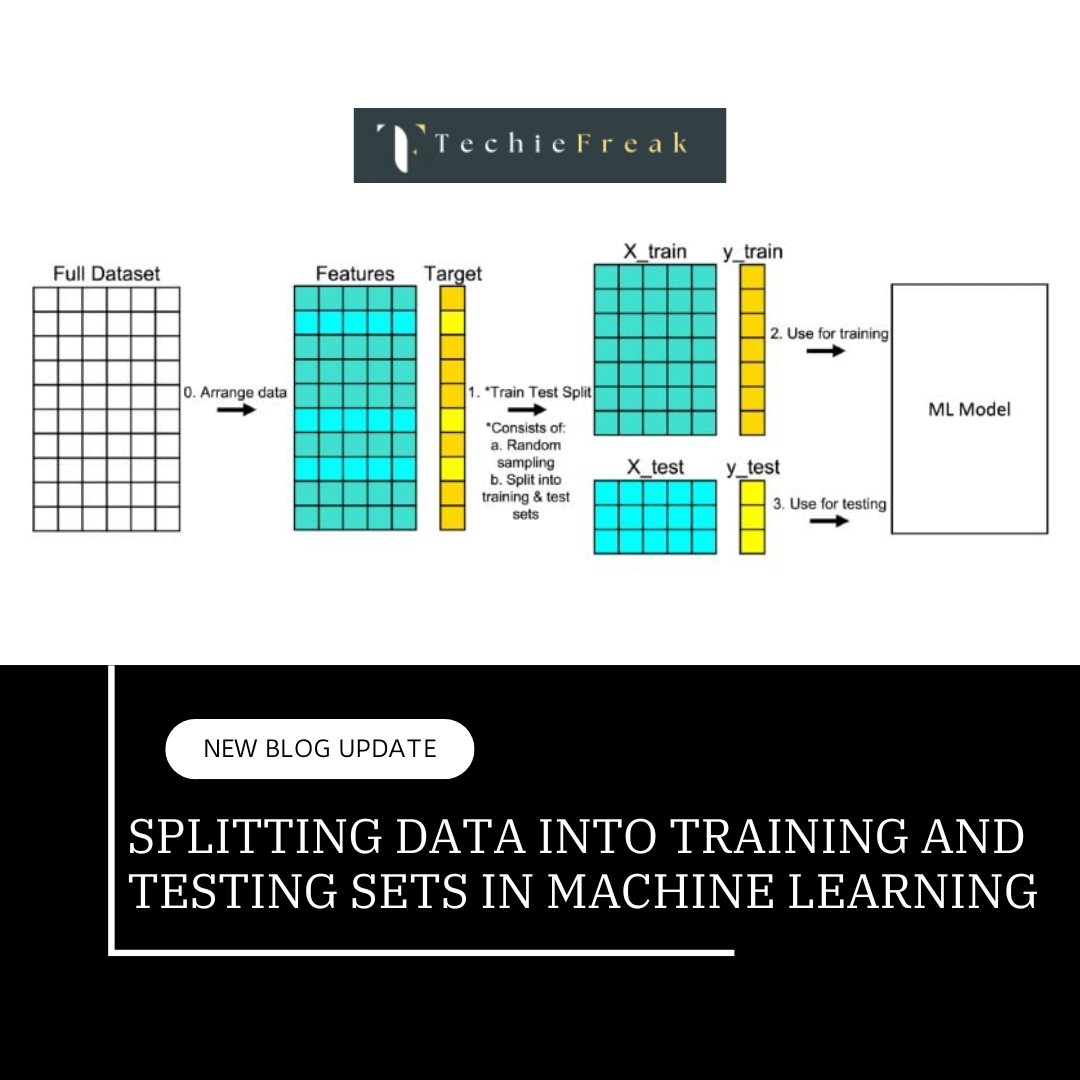
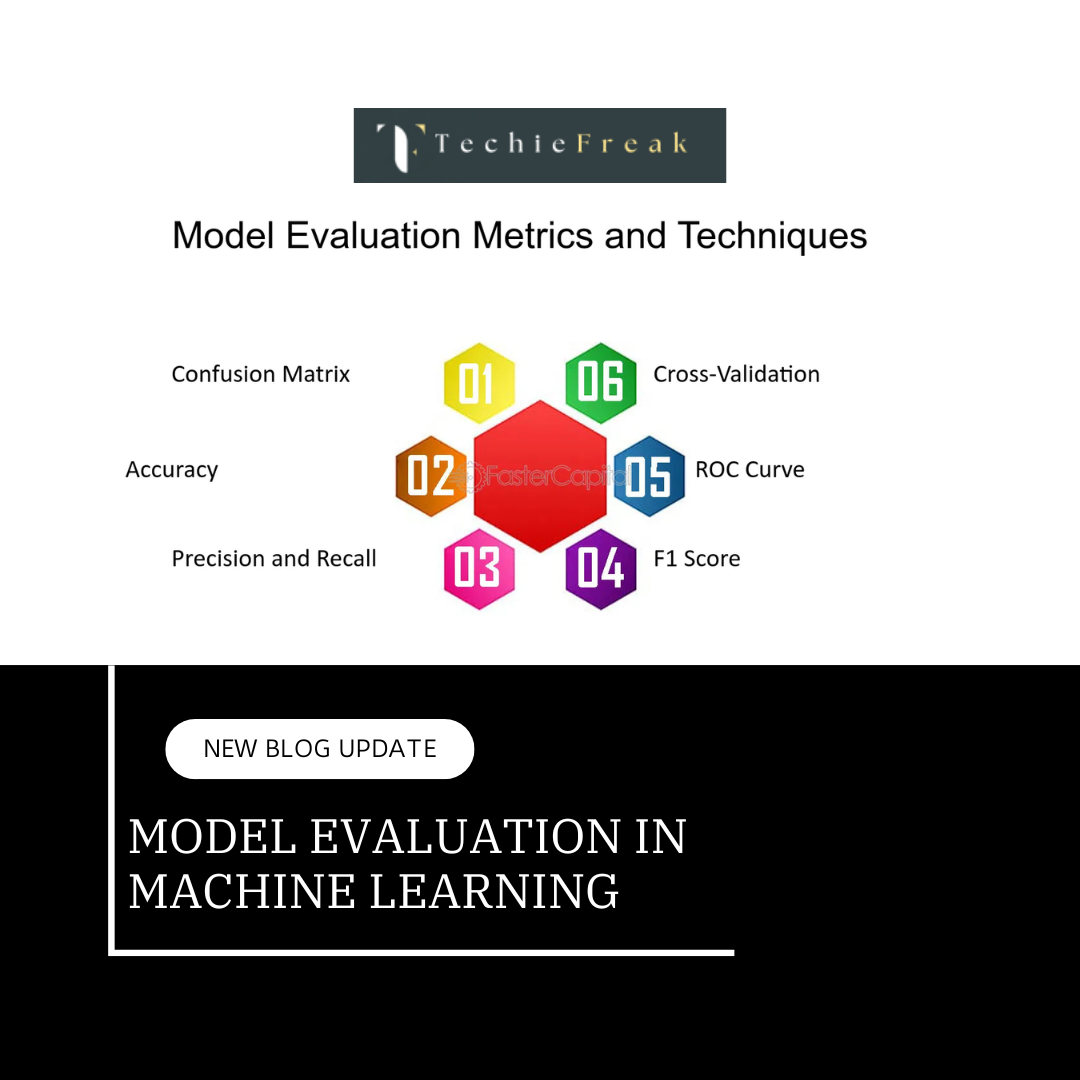
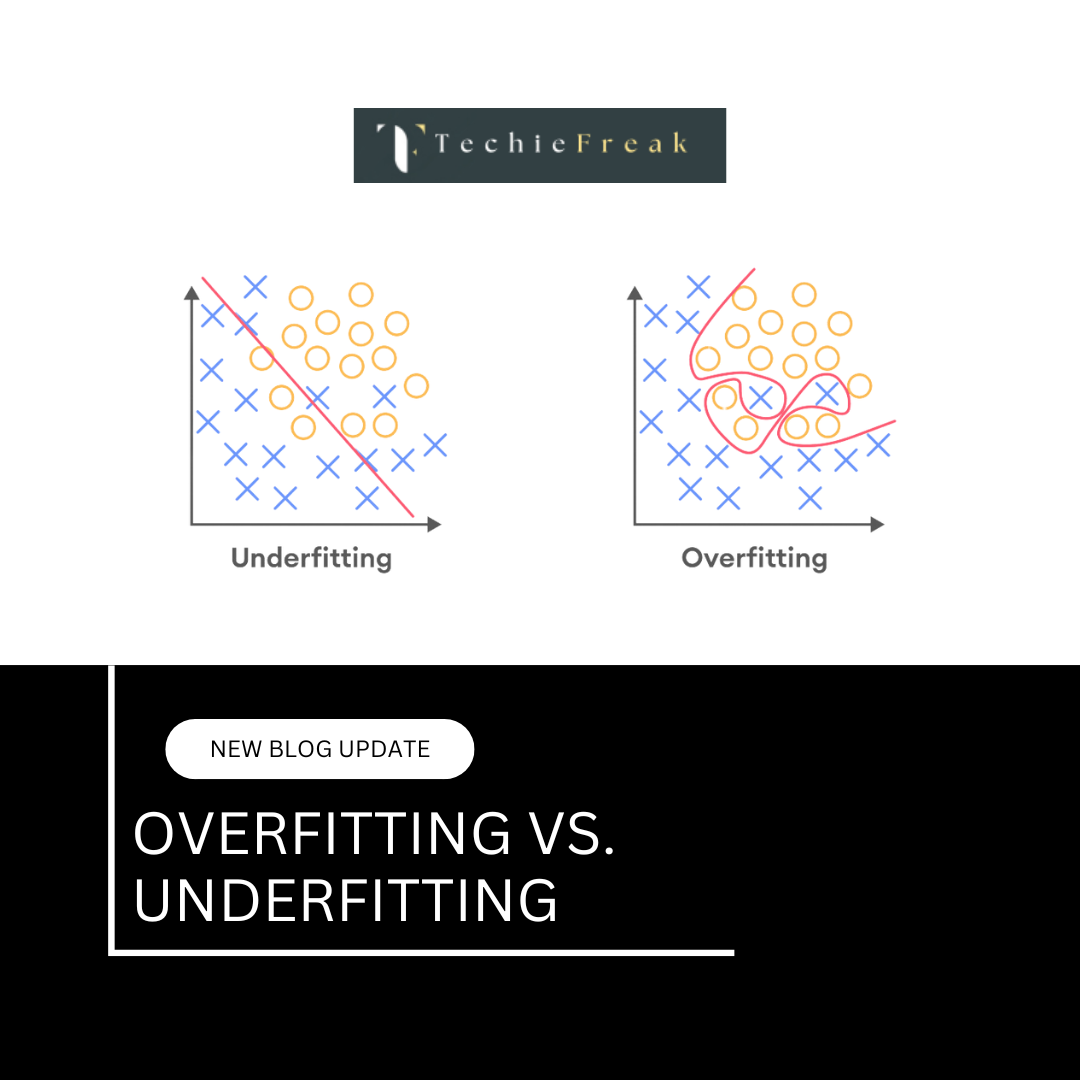
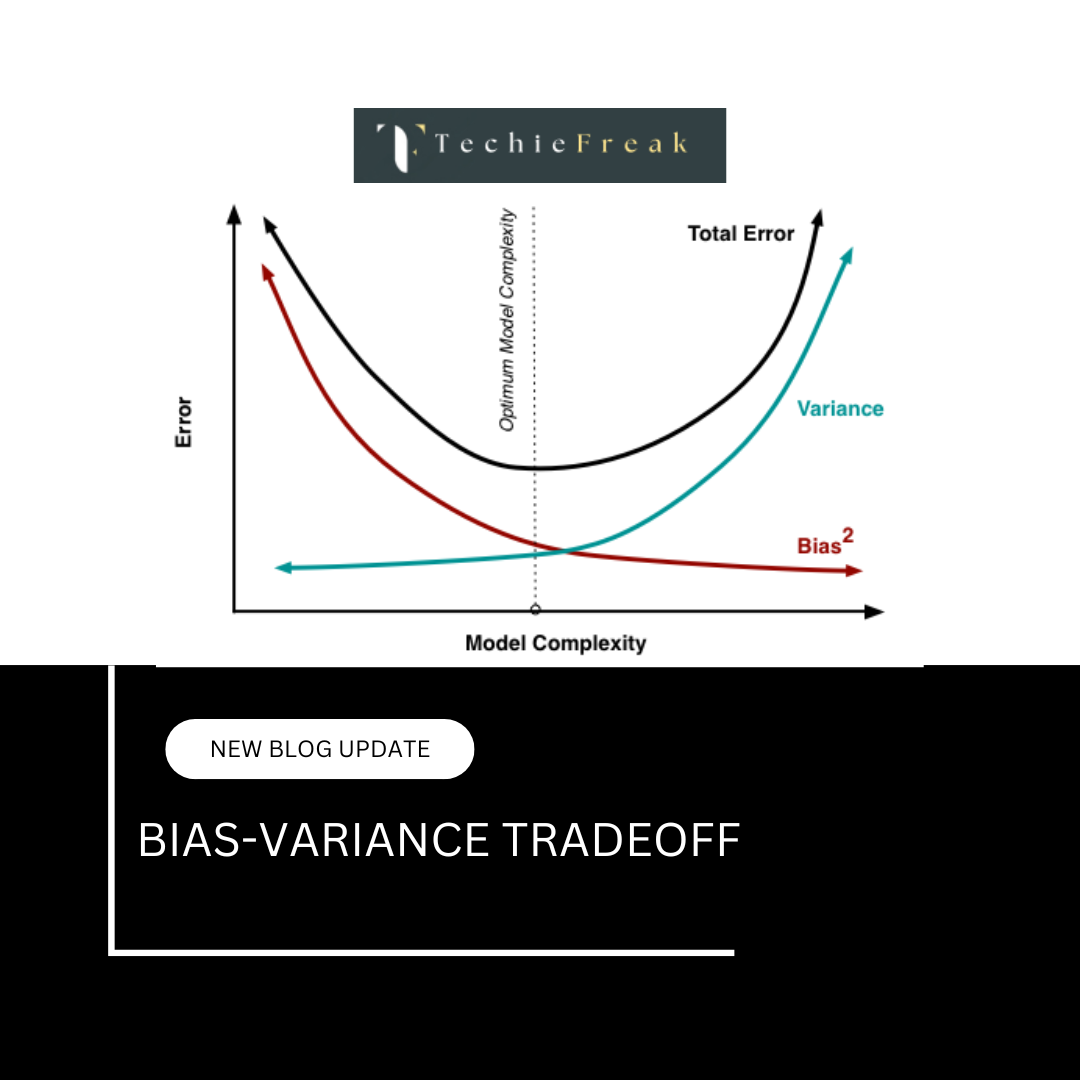
.png)
.png)
.png)
.png)
.png)
.png)
.png)
.png)
.png)
.png)
.png)
.png)
.png)
.png)
.png)
.png)
.png)
.png)
.png)
